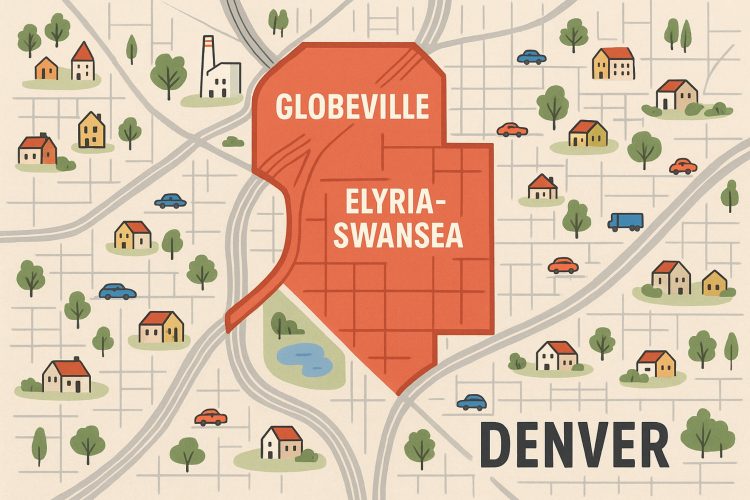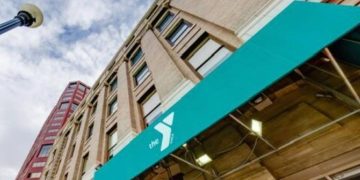North Denver’s Working-Class Neighborhoods Brace for Change as $1 Billion Investment Sparks Displacement Fears
A sweeping wave of investment is reshaping North Denver—but not everyone is celebrating. With over $1 billion being poured into Globeville and Elyria-Swansea (GES), city officials tout a future of revitalized infrastructure and modern development. Yet, for many longtime residents, this transformation feels like a warning sign.
In April, a coalition of local nonprofits—GES Coalition and el Centro de los Trabajadores—came together in a symbolic show of resistance, uniting their missions to protect housing, jobs, and the working-class identity of the area. At the event, former Denver City Councilmember and community activist Candi CdeBaca delivered a fiery address, criticizing city leadership for pushing out the very communities it now markets as part of Denver’s “gritty charm.”
“This is not nostalgia,” CdeBaca said. “This is war. A war against displacement, against erasure.”
For generations, GES neighborhoods have been hubs for blue-collar families—communities built around sweat equity, not high-rise dreams. As cranes move in and public funds flow toward massive projects like the National Western Centeroverhaul, which recently survived an $800 million funding delay, locals are left wondering whether this so-called progress includes them at all.
While city leaders claim to be working toward inclusive development, residents remain skeptical. The soul of North Denver may be on the line, and for those who’ve called it home for decades, the battle is no longer just about buildings—it’s about belonging.












